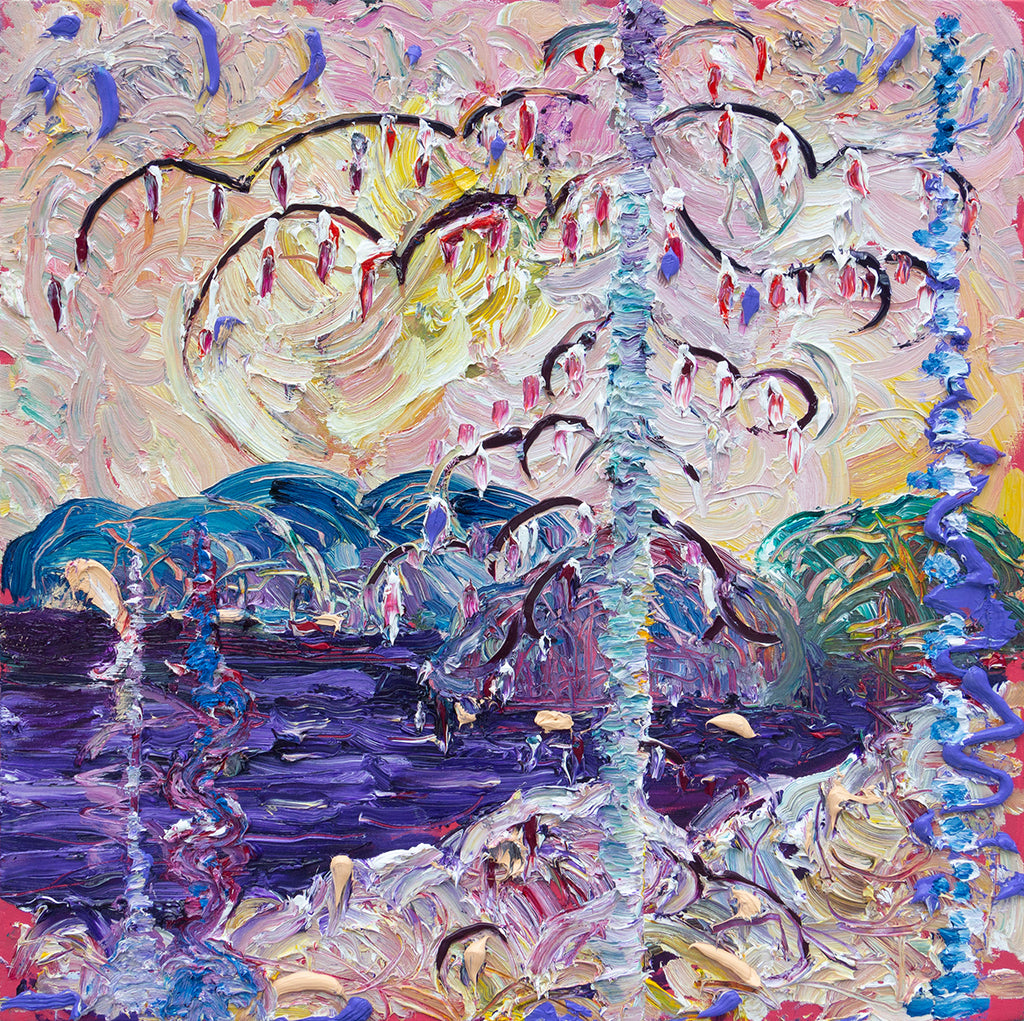George Byrne | Synthetica

George Byrne | Synthetica
July 10 - August 4, 2025
Bau-Xi Gallery | Dufferin
1384 Dufferin Street, Toronto
Opening reception: Saturday, July 12th, 2 - 5 pm
Acclaimed photographic artist George Byrne returns with Synthetica, a bold new exhibition that fuses analogue photography with digital innovation to reimagine the American landscape. Rooted in Byrne’s early influences from the New Topographics movement, this series marks a striking evolution in his practice. Where once he documented, he now deconstructs and rebuilds - layering, subtracting, and collaging until a new reality emerges. The result is a collection of surreal yet grounded dreamscapes, where the ordinary is elevated and the boundaries between the natural and the artificial dissolve. From Daytona Beach to Yellowstone, Synthetica is both a visual journey and a conceptual inquiry - exploring the way we perceive, manipulate, and emotionally respond to our environments in a hyper-mediated, AI-inflected age.
Artist statement:
This series explores the tension between the natural and the artificial, challenging preconceptions of reality in an increasingly digital age, while also paying homage to my analogue photographic roots. Starting out as an artist, I was very much a student of the New Topographics photographic movement, a style based on the artist's neutral eye, famous for documenting the mundane structures of post-war America. About 5 years ago, I started to become interested in employing various forms of manipulation and digital reconstruction into the work I was making. As a result, the images were able to become more expressive and introspective; a bridge between my subconscious and conscious. Each image in the Synthetica series started as a medium format film photograph, then, through a process of addition, subtraction, collage and endless reevaluation, a new completed image is born. The foundation of a lot of the images in this series were taken over the last few years during road trips I took around the United States. From Daytona Beach to Yellowstone National Park, these were both natural and man-made landscapes - places I'd never been. – George Byrne
Co-director of Bau-Xi Gallery, Kyle Matuzewiski, provides further insight into Byrne’s unique photographic style and practice. He writes:
When first experiencing George's work, I remember being struck by the clean and clinical aesthetic. Every aspect of the resulting photograph felt intentional. Shadows perfectly placed. Vantage points thoughtfully selected, providing an optimal composition. One must take a single glance at Byrne's work to see the heady influence that the New Topographics movement has on the artist's practice. However, Byrne's work diverges from those luminaries with his signature use of colour, bringing each frame to life, and allowing the viewer to experience the lush vibrancy of his creation. There is a matter-of-fact-ness to Byrne's images, yet there is humanity to them as well. The artist's rampant curiosity and fascination with our constructed world is conveyed in a way that demands contemplation from the viewer. Even though his work documents a specific location at a specific moment of time, there is timelessness to them - a heartfelt documentation of the collective human experience and what is yet to come.
George Byrne is an internationally recognized photographer based in Los Angeles. Byrne creates large-scale photographs that depict architectural surfaces and landscapes as painterly abstractions. Borrowing from the clean, vivid clarity of modernist painting, he also references the New Topographics photography movement via a subject matter firmly entrenched in the urban everyday.
Byrne started photographing Los Angeles with a medium format camera in 2010. Byrne’s close-crop photos, often taken from the middle of the street, show careful attention to the geometric fragments of his urban surroundings revealed in subtle line and unexpected shadow which cut across pastel walled surfaces, and divide soft sky from gritty stucco, plastic and concrete. Byrne’s work encapsulates not only the spirit of his adopted city’s unique and diverse cityscape but an aesthetic sensibility that has come to be ubiquitous with our globalized visual culture influenced by equal parts art history and Instagram.
George Byrne was born in Sydney, Australia in 1976 and graduated from Sydney College of the Arts in 2001. He has exhibited internationally in Italy, India, Australia, Los Angeles, and New York. In 2019, Byrne placed third in the Fine Art category of the Minimalist Photography Awards and was named the Minimalist Photographer of the Year in the Minimalist Photography Awards' 2020 edition. Byrne relocated to Los Angeles, California in 2010, where he continues to live and work.














